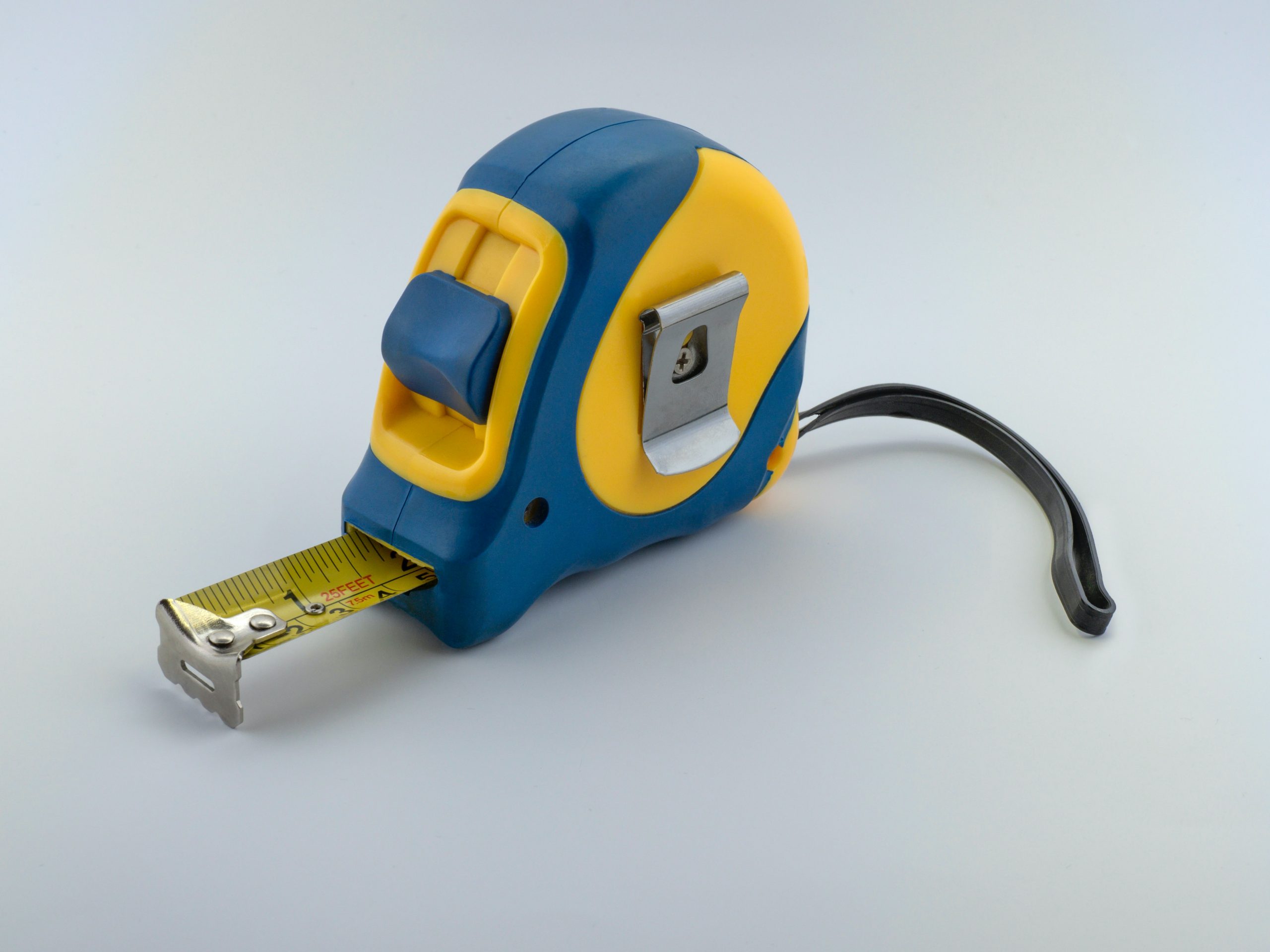Air Filter Thickness–is thicker better?
Air Filter Thickness–is thicker better?
All of the homes I’ve lived in (and there have been many) used 1” thick furnace filters. Far and away, this is the most popular size. I hadn’t even realized that there is a significant selection of 4-5” thick filters, until I recently went to a big-box home improvement store and looked at the actual size of some of the filters offered in the air filter aisle. It was eye-opening. Who uses these giant filters? Mega-Mansions?
It turns out, even a modest-size home can use a thick filter. The thickness of the filter:
- Determines the frequency of filter changes. With a 4” filter, you can go longer (3-6 months) between filter changes, vs. 1 month for a 1” filter, making life easier on the one changing the filter.
- Usually equates to more surface area (you’ll have to check the packages of 1” vs. thicker filters to verify). Surface area is the square inches of filter material you are getting in the filter. With thicker filters, they generally do give more surface area, because the pleats are deeper and more tightly spaced. More surface area means that the pressure drop across the filter is generally lower (which is better for your system).
- DOES NOT refer to capacity to filter smaller particles. (Look at the next point: MERV.)
I took a look at a popular filter site, filterbuy.com. Here’s the comparison:
20x24x1”: (6) MERV-11 filters for $9.98 each (up to 1 month change) = $9.98 per month
20x24x4”: (6) MERV-11 filters for $19.38 each (up to 3 month change) = $6.46 per month
So, if you actually change on schedule, it seems the thicker filters can also be more economical.
Filtering capacity: As I mentioned above, filter thickness does not affect the particle sizes that are filtered. It is the MERV rating that does this. (Check out this post for an explanation on MERV ratings). I selected MERV 11 for the above comparison, but MERV 13 is the optimal rating for home systems, because it filters out many of the finer particulates (from cooking, burning wood and outdoor air pollution) that can damage our lungs and bodies. For the same size filter, a higher MERV will increase pressure drop across the filter, so make sure that your furnace/air handler will work with the MERV you select.
I never thought of this before, but I’m sure it’s been tried because a filter manufacturer posted the answer: No, it’s not good to stack (2) 1” filters in a 2” space. (colorfil.com) The reason is that two 1” filters create much more pressure drop than one 2” filter, and the extra pressure drop is not good for your air handler. Another expert (homeinspectorsecrets.com) likened this to stacking 4-5 coffee filters in your coffeemaker, adding coffee, and then turning on the machine. It’s not going to turn out well!
Here is a summary of filter thickness:
If you want to increase time between filter changes, you can look into increasing the filter thickness. For example, for the same cross-sectional filter area (20x24), a 4” filter can give you 3 months between changes, vs. one month for a 1” filter. This can be good for those who are maintenance challenged (for example, an elderly person who can’t easily access the filter), or for rentals or seasonal properties where someone is paid to do maintenance. Increasing the filter thickness may involve hiring an HVAC tech to install a deeper filter box. Here are some points about changing to a deeper filter box:
- If your filter is currently located at the return air grille (where the air from your house is sucked into the system for conditioning), then you’ll want to change the location of the new filter to be right next to the air handler. This is because if you install a thick filter at the return grille, it can cause a pressure drop in the duct, which can cause air leaks from the attic, crawlspace or any other unconditioned space to come into your air duct leading to the furnace. You definitely don’t want dusty, hot attic air coming into your AC system, so it’ s better to locate this filter either underneath the furnace or alongside it (homeinspectorsecrets.com).
- If you are considering building a deeper filter box, also consider upgrading in MERV rating, up to MERV 13 (see next point). The way to get a low pressure drop across such a filter is to make sure the filter box is big enough. A simple rule of thumb for this is to allow 2.0 square feet of filter area (not counting pleats) for every 400 cfm (cubic feet per minute) of airflow. For example, 600 cfm will require 3.0 square feet of filter (600*2/400), which can be achieved with an 18x24” filter (3.0 square feet) or a 20x24” filter (3.33 square feet). According to Allison Bailes of EnergyVanguard.com, using this rule of thumb will avoid problems with pressure drop in your system, even with using thicker (4-6") MERV 13 filters.
- If you are looking to increase filtration, meaning filter smaller particles from the air, you will need to increase the MERV rating on your filters. Typically MERV 13 is the optimal residential filter, and it’s especially good for those with pets and/or allergies.
We hope this article has cleared up some questions about these thicker filters, and maybe even induced you to switch over to them. In this case, thicker is better!
Photo by Brett Jordan on Unsplash


